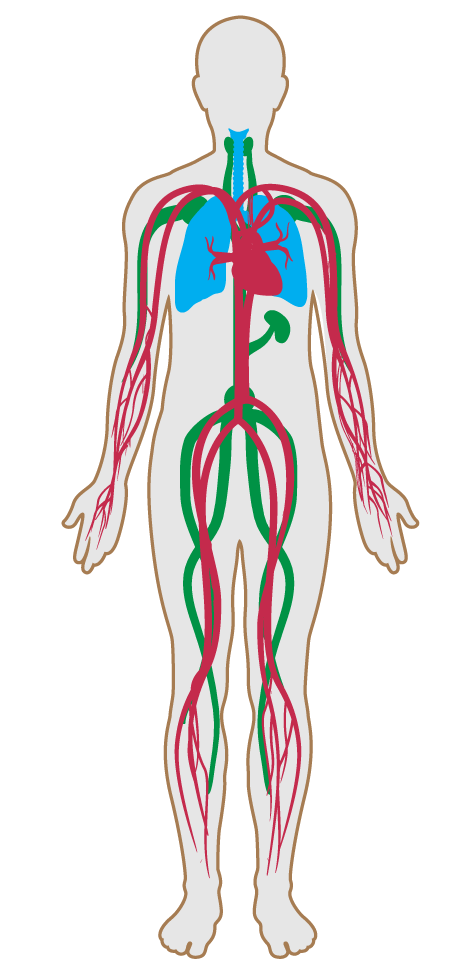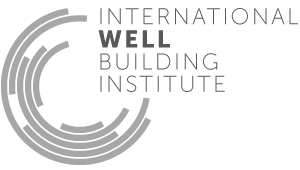Construction pollution management
- 1 Air quality standards
- 2 Smoking ban
- 3 Ventilation effectiveness
- 4 VOC reduction
- 5 Air filtration
- 6 Microbe and mold control
- 7 Construction pollution management
- 8 Healthy entrance
- 9 Cleaning protocol
- 10 Pesticide management
- 11 Fundamental material safety
- 12 Moisture management
- 13 Air flush
- 14 Air infiltration management
- 15 Increased ventilation
- 16 Humidity control
- 17 Direct source ventilation
- 18 Air quality monitoring and feedback
- 19 Operable windows
- 20 Outdoor air systems
- 21 Displacement ventilation
- 22 Pest control
- 23 Advanced air purification
- 24 Combustion minimization
- 25 Toxic material reduction
- 26 Enhanced material safety
- 27 Antimicrobial surfaces
- 28 Cleanable environment
- 208 Injury prevention
07. Construction pollution management
Proper design and selection of materials are important factors in creating healthy indoor air quality, yet this strategy can be compromised if equal care is not taken during construction to clear the space of dust, chemical vapors and other debris. Pollutants inadvertently introduced into the space will increase the likelihood of failing indoor air quality standards.
This feature, based on industry best practices, prescribes steps that minimize the introduction of air pollutants during construction and to remove pollutant build-up before occupancy.
The following conditions are met for all pesticides and herbicides used on outdoor plants:
To prevent pollutants from entering the air supply post-occupancy, if the ventilation system is operating during construction, the following requirement is met:
To prevent building materials from absorbing and later releasing VOCs emitted by other (source) materials during construction, the following requirements are met:
To reduce particulate matter emissions from both on-road and non-road diesel fueled vehicles and construction equipment, the following requirements are met:
The following procedures are followed during building construction:

Applicability Matrix
| Core & Shell | Tenant Improvement | New Construction | |
|---|---|---|---|
| Part 1: Pesticide Use | P | - | P |
| Part 2: Filter Replacement | P | P | P |
| Part 3: VOC Adsorption Management | P | P | P |
| Part 4: Construction Equipment | P | - | P |
| Part 5: Dust Containment and Removal | P | P | P |
| Commercial Kitchen | Schools | Multifamily Residential | Restaurant | Retail | |
|---|---|---|---|---|---|
| Part 1: Pesticide Use | - | P | P | P | P |
| Part 2: Filter Replacement | P | P | P | P | P |
| Part 3: VOC Adsorption Management | P | P | P | P | P |
| Part 4: Construction Equipment | P | P | P | P | P |
| Part 5: Dust Containment and Removal | P | P | P | P | P |
Verification Methods Matrix
| Letters of Assurance | Annotated Documents | On-Site Checks | |
|---|---|---|---|
|
PART 1 (Protocol) Pesticide Use |
Operations Schedule | ||
|
PART 2 (Protocol) Filter Replacement |
Contractor | ||
|
PART 3 (Protocol) VOC Adsorption Management |
Contractor | ||
|
PART 4 (Protocol) Construction Equipment |
Contractor | ||
|
PART 5 (Protocol) Dust Containment and Removal |
Contractor |
| 7.1.a |
USGBC's LEED v4 EQ Credit: Construction Indoor Air Quality Management Plan requires adherence to certain SMACNA guidelines, including sealing all ductwork, registers, diffusers, and returns when stored on site or not in service. |
| 7.2.a |
USGBC's LEED v4 BD+C EQ Credit: Construction Indoor Air Quality Management Plan requires the the replacement of all filtration media with new filters before occupancy. |
| 7.3.a |
USGBC's LEED v4 BD+C EQ Credit: Construction Indoor Air Quality Management Plan requires that absorptive materials stored on-site and installed are protected from moisture damage. |
| 7.3.b |
USGBC's LEED v4 EQ Credit: Construction Indoor Air Quality Management Plan requires adherence to certain SMACNA guidelines, including allowing installed wet materials to fully cure prior to installation of absorptive materials. |
| 7.4.a |
USGBC's LEED v4 EQ Credit: Construction Indoor Air Quality Management Plan requires adherence to certain SMACNA guidelines, including sealing doorways and windows, or tenting off areas as needed using temporary barriers, such as plastic separations. |
| 7.4.b |
USGBC's LEED v4 EQ Credit: Construction Indoor Air Quality Management Plan requires adherence to certain SMACNA guidelines, including the provision of walk-off mats at entryways to reduce introduced dirt and pollutants. |
| 7.4.c |
USGBC's LEED v4 EQ Credit: Construction Indoor Air Quality Management Plan requires adherence to certain SMACNA guidelines, including the use of dust guards and collectors on saws and other tools. |
